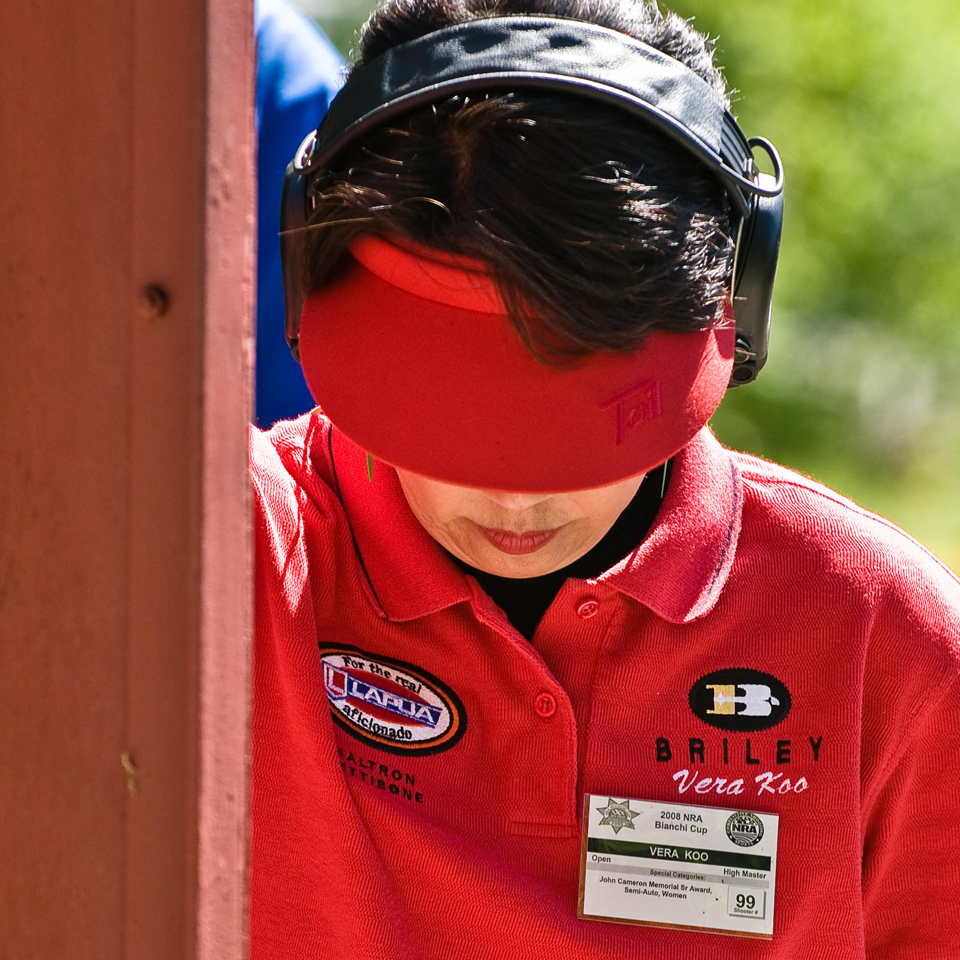By Vera Koo, Women’s Outdoor News, Published November 6, 2013
What does the world think a shooter looks like? Perhaps a middle-aged male, wearing camouflage or blaze orange, speaking with an accent, and driving a truck. Is that a stereotype? Is that our stereotype?
That was the standard when I began shooting. But, today it is becoming less and less of a reality. I am not that shooter. Except for the orange. My closet is filled with orange. I speak with a slight accent and, I do, on occasion, drive a truck.
The shooting industry is changing to better serve the growing diversity in our sport. According to a 2005 Gallup poll, just 13 percent of females owned a firearm. In 2011, that percentage rose to 23. According to the National Shooting Sports Foundation, the demographic is younger than ever; 66 percent of new shooters fall into the 18-to-34-year-old category, while 37 percent of new target shooters are female.
Why Women Should Participate in Competition Shooting
- By nature, women are born to be good shooters. In general, we arrive to a new sport with limited knowledge. We are a blank piece of paper ready to become a remarkable story. And we easily accept great teaching, expecting hard work and clear lessons to build a solid foundation. Great teachers can form that solid foundation, and I was fortunate to have several patient, brilliant and talented teachers early in my career. Today, I call them friends and shooting partners.
- Primarily, as students, women tend to be more patient. We are willing to sit and practice for hours or days at a time, without accolades or assistance. That patience is so vital in our sport. It is, perhaps, the most powerful force an athlete can have.
- I believe that the second greatest strength is the ability to set and achieve goals. All shooters have their own definitions of success. Whether you have visions of trophies and perfect scores or safety and confidence, simply set a goal.
Go To Full Article | Translations: 日文 Japanese – 继续阅读簡體字 Simplified Chinese – 繼續閱讀繁體字 Traditional Chinese

